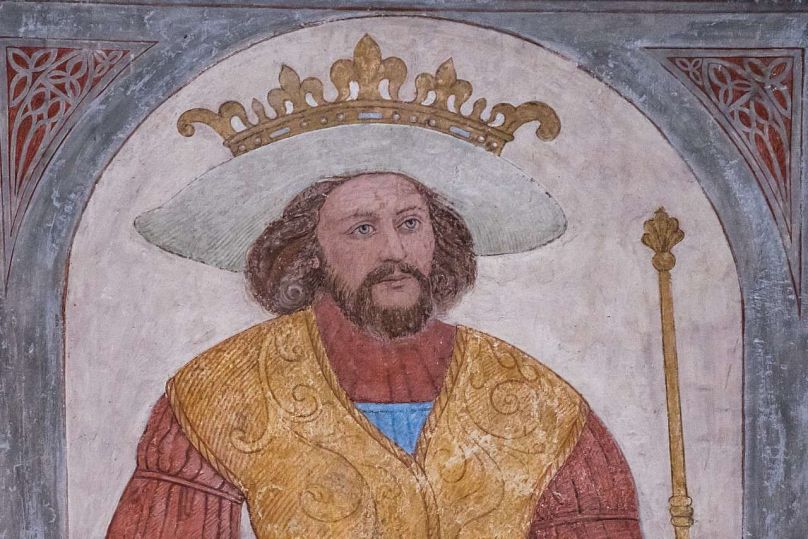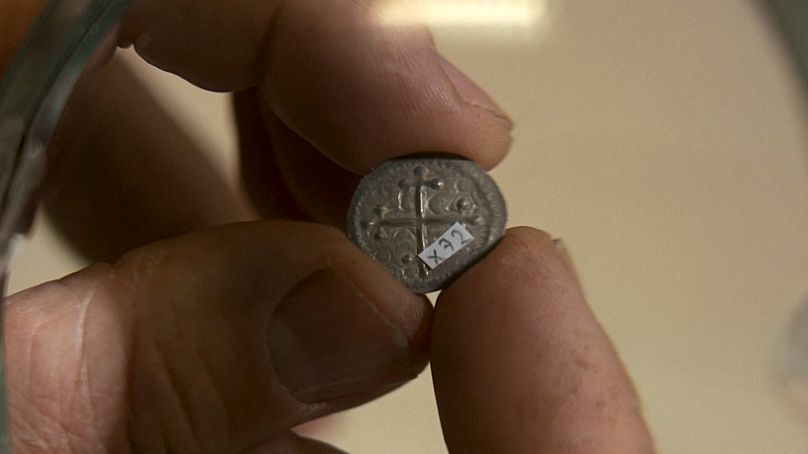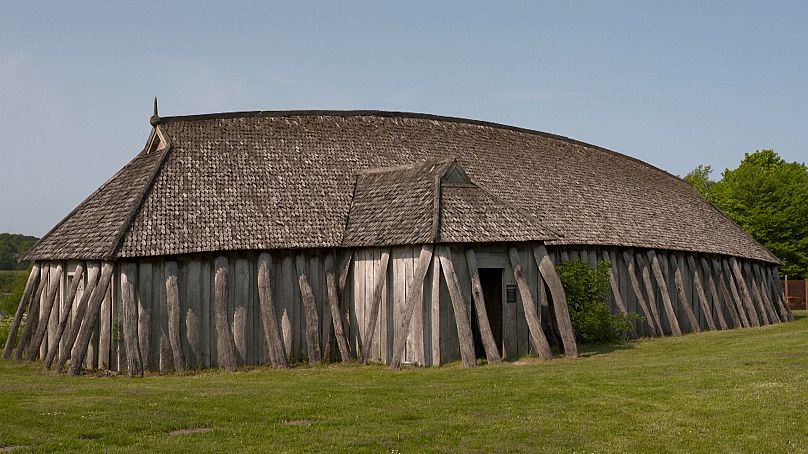What makes this find particularly rare is its connection to Viking King Harald "Bluetooth" Gormsson, one of the last Viking rulers of Denmark, Sweden, Norway, and parts of Germany.
Archaeologists in northern Jutland made a remarkable discovery last autumn - a trove of Viking treasure that sheds light on Denmark's rich history.
Unearthed by a detectorist in a farmer's field in Bramslev, south of Aalborg, the hoard consists of nearly 300 silver coins and cut-up silver jewellery, hinting at their use as a form of payment during the 980s.
The find is an exceedingly rare one, as confirmed by Torben Trier Christiansen, a curator and archaeologist at the Historical Museum of Northern Jutland, who led the excavation.
"This trove is extremely rare," Trier Christiansen stated. “I’ve been working in this end of the country for a lifetime almost now. And I've only seen it once before and it was a small one. So, it's a very rare one."
The propaganda of Viking King Harald "Bluetooth" Gormsson
The hoard, initially discovered in two groups less than 50 meters apart, captures the fascination of archaeologists due to its dating back to the reign of Viking King Harald "Bluetooth" Gormsson in the late 10th century.
Harald, one of the last Viking rulers to govern Denmark along with parts of Sweden, Norway, and northern Germany, played a significant role in spreading Christianity throughout his kingdom.
The influence of Harald's reign is reflected in Swedish telecommunications giant Ericsson's decision to name their Bluetooth wireless technology after the Viking king.
The coins in the hoard feature a Christian cross on one side, likely used as a means to propagate Harald's Christian message across Denmark.
"This shows us that he actually did it in multiple ways,” explains Trier Christiansen.
“We know it from the runestones, but now we see that he did it through the coins as well. So, it was actually a piece of propaganda, you can say, that he actively used the coins as a media to spread the message of Christianity."
The silver treasures were in circulation for a brief period before Harald lost a power struggle with his son and passed away in Poland in the mid-980s.
What is the significance of the discovery's location?
Experts say such discoveries from the second half of the 900s are not uncommon, but what makes this hoard particularly interesting is its location - a settlement just eight kilometres from the remains of a tenth-century Viking ring castle.
Fyrkat, as it’s known, and King Harald’s other four Danish ring castles - the latest discovered in 2014 - were built around the year 980 and only used for a short time.
It’s not known why the ring castles were abandoned, but traces of battles have been found at two of them.
“There can be no doubt that the persons that actually dug this in the ground, that hid this silver in the ground, were actually somehow connected to the Viking fortress, Fyrkat,” says Trier Christiansen.
None of King Harald’s five Danish ring castles remain today, but at Fyrkat, an earthy rampart marks where the castle once encircled 16 wooden longhouses.
Experts believe the hoard’s discovery suggests the settlement played a significant role in the defence of Fyrkat - perched on a hill and able to alert the castle to approaching enemies.
Trier Christiansen is planning to lead further digs at the site this autumn. Experts hope to learn more about the settlement’s buildings, and perhaps find burial sites of the treasure’s former owners.
“Personally, I hope to find some very, very spectacular building, one of them looks different than what we find in ordinary farmers' villages,” he says.
Some items from the treasure trove will go on display at Aalborg Historical Museum this July.
Check out the video in the web player above to learn more about the discovery.














